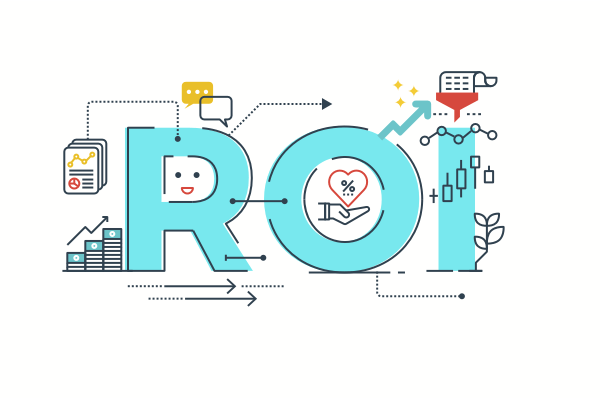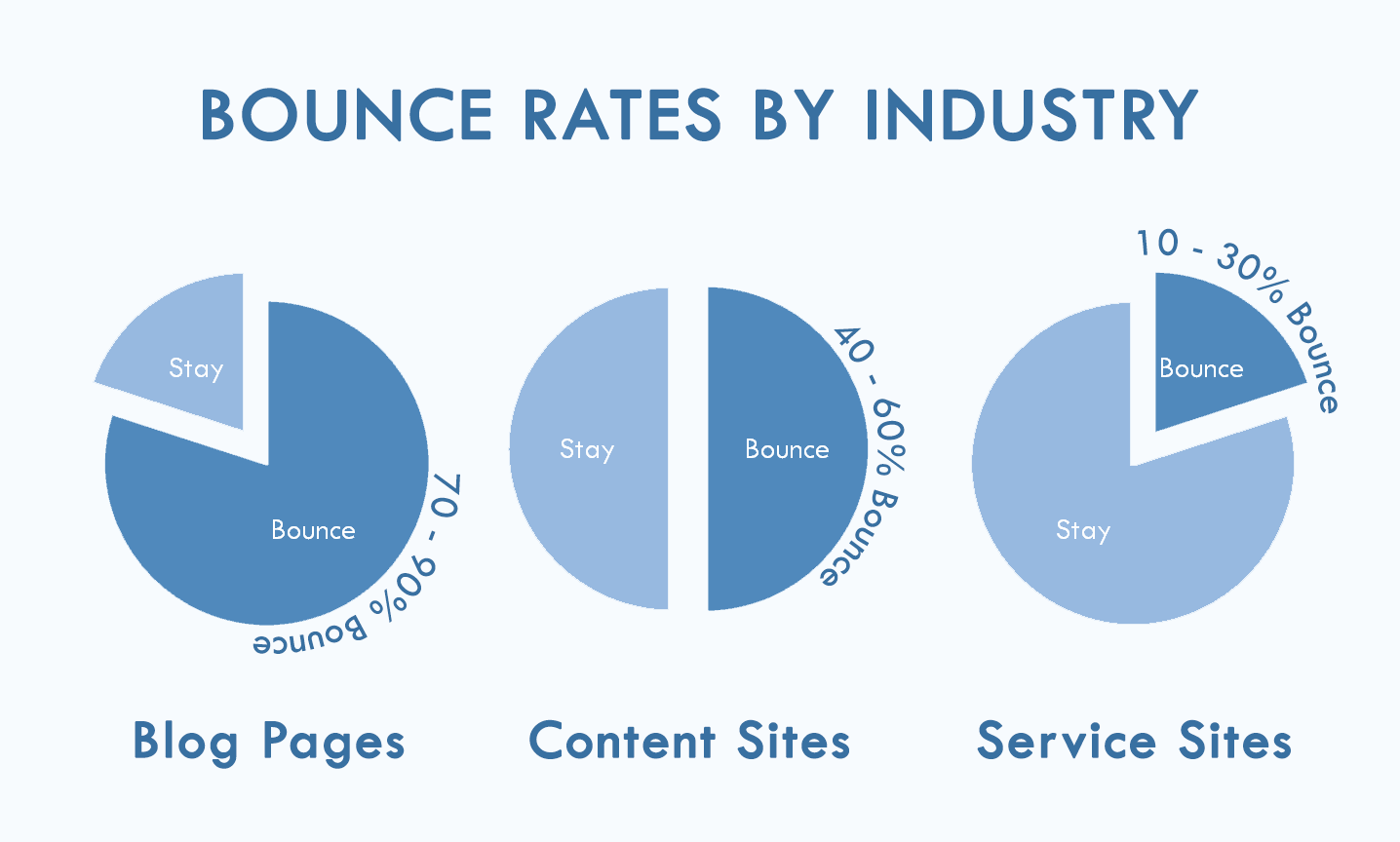Stop Guessing: Don’t Waste 50% of Your Marketing Dollars

When people think of user experience, they typically think of making a website more usable. While that’s a tiny part of what user experience means, the entire UX industry can be defined as enabling users to take the desired action. There are many ways that user experience can take your marketing efforts to the next level.
However, before you spend your marketing dollars getting leads to arrive on your website, conduct a user experience study. Poor UX will frustrate and confuse people, leading to decreased brand perception and abandonment. Marketing UX studies will allow you to diagnose issues with your website and landing page. There’s nothing worse than driving traffic to a website with low usability via ads. Usually, people will abandon quickly.
What is UX Testing?
First, let’s define what we mean by user experience testing. User experience testing is qualitative video-based feedback. It takes the form of either one-on-one conversations (moderated) or self-guided tests (unmoderated). One-on-one conversations are just as they sound: a video conference between yourself and a person from your target demographic. A self-guided test (unmoderated) is when you define tasks, and the participant records their screen while speaking their thoughts out loud and interacting with a website, prototype, or concept.
Qualitative user research is conducted with 5-8 participants. This may sound low to people who are used to receiving thousands of survey responses. However, five people are really all you need! They’ll be able to diagnose the majority of usability issues and concerns.
What’s the ROI of my Marketing UX investment?

You can increase your usability, as well as your bottom line with user research. Here’s the typical ROI on investing in UX.
- For every dollar invested in UX, you’ll see a $100 return.
- ESPN.com increased profits by 35% after listening to their fan base and incorporated suggestions into their website redesign.
- 86% of buyers will pay more for better customer experience (CX).
Decrease Bounce Rates

If your objective is to decrease bounce rates, user research could be your winning method. Poor user experience plays a massive role in high bounce rates. 90% of customers admit to searching for another site if the one they landed on does not live up to expectations. A solution to ensure your website matches, and even exceeds, customer expectations is to run a usability test. We recommend conducting an unmoderated, self-guided session. The following pages list questions that can guide your study. You’ll notice that we’ve included questions that ask people about their expectations and if they found the task difficult.
Why Run a First Impressions Test? 95% of first impressions are design-based. The typical user takes .05 seconds to form an opinion of your website. If you’re designing a new website, or have a developed website, ask your users what they think of the overall design. Participants will diagnose usability issues and will comment on ways to improve the look and feel.
Why Run a Navigation Test? When running a navigation test, you will ask people to find certain items on your website. If a user takes too many clicks to find what they’re looking for, they’ll leave your website rather quickly. Ensure that all parts of your website are findable.
First Impression User Testing Questions
Tasks
- At first glance, what is the purpose of this site? Take your best guess as to what you think it is.
- What do you think you can do on this website?
- Is there enough information on this page to understand what this website is for? If not, what should be included to make it clear? Be specific.
- Take a minute to scroll up and down the page. What are your thoughts on the design (images, colors, styling) and layout of this page?
- Is there anything in particular that you like about the website?
- Is there anything in particular that you dislike about the website? Is there anything you would improve about this website?
- Based on what you think, the purpose of the website is, what is the first thing that you would do next? Take that action now.
- Did you successfully find what you were looking for? If not, what were you expecting?
- Is this website missing anything that you would have expected to see?
Navigation User Testing Questions
Tasks
- Find <item1>. Speak your thoughts out loud as you look. When you’ve found <item1> proceed to the next task.
- Overall, how did you find this task? 1=Very Difficult to 5=Very Easy. How would you improve the process of finding <item1>?
- Find <item2>. Speak your thoughts out loud as you look around. When you’ve found <item2> proceed to the next task.
- Overall, how did you find this task? 1=Very Difficult to 5=Very Easy. How would you improve the process of finding <item2>?
- Find <item3>. Speak your thoughts out loud as you look. When you’ve found <item3> proceed to the next task.
- Overall, how did you find this task? 1=Very Difficult to 5=Very Easy. How would you improve the process of finding <item3>?
- Find <item4>. Speak your thoughts out loud as you look. When you’ve found <item4> proceed to the next task.
- Overall, how did you find this task? 1=Very Difficult to 5=Very Easy. How would you improve the process of finding <item4>?
Increase Conversion Rates
Nearly 65% of shopping carts are abandoned before check out. Speaking to your users will allow you to diagnose issues with the process so you can increase conversion. With user research, you’ll be able to see if your checkout process is complex, requires too much information or can be improved in any way.
Researching call-to-action buttons will allow you to understand which button placement yields the highest conversion. Using A/B testing to test the color of a call-to-action is great. It will help determine which version is preferred, but it won’t tell you why it is preferred. Running a qualitative A/B test with user research will allow you to ask participants follow-up questions about their preferences.
Open Rates

When you’re sending marketing emails, the goal is to increase brand awareness, convert prospects into customers, and have high open rates. Before setting a campaign live, rely on user research to ensure success.
You can test:
- The subject line and header. Your target demographic will give their opinion on whether they would open the email, and suggest ways to improve it for maximum open rates.
- Images. Do the images resonate with your users? Are they relevant? Are they placed in an ideal location?
- Call-to-actions. Ask people how they feel about the placement, size, color and relevance of your call-to-action. You can ask them to click on the call to action button to see if the landing page is relevant. Did they expect it?
Pricing
By testing your pricing model, you’ll determine if the perceived value of your solution is worth the price. If you have multiple pricing tiers, you’ll be able to see if your potential customers understand the value at each tier.
There are a ton of articles and research on what is the right pricing model for your business. You can use premium pricing, bundle pricing, penetration pricing, the list goes on. However, these resources will not tell you what your customer thinks is the right value for your offering. Deciding how to price your product can be one of the most challenging decisions you can make.
Use the template below to test pricing.
Pricing User Testing Questions
Tasks
Context: <Description of what the company sells>
- Scroll up and down the page. What are your initial thoughts on this page?
- What do you think of the pricing page layout?
- Are the pricing options clear?
Pricing Tier 1
- Now let’s take a look at <Tier Pricing Name>. In your own words, what value are you getting from this tier?
- Which features in this tier are most important to you?
- Which features in this tier are least important to you?
- Do you feel that the price is accurate? If not, how much would you expect to pay?
Pricing Tier 2
- Now let’s take a look at <Tier Pricing Name>. In your own words, what value are you getting from this tier?
- Which features in this tier are the most important to you?
- Which features in this tier are the least important to you?
- Do you feel that the price is accurate? If not, how much would you expect to pay?
Pricing Tier 3
- Now let’s take a look at <Tier Pricing Name>. In your own words, what value are you getting from this tier?
- Which features in this tier are most important to you?
- Which features in this tier are the least important to you?
- Do you feel that the price is accurate? If not, how much would you expect to pay?
Overall Questions
- Do you need more information to make a purchasing decision?
- If you were to make a purchase, what plan would you select?
- Let’s say you’re ready to purchase. What would you do next?
Incorporating UX in marketing processes can yield meaningful results. Therefore, you’ll create a more user-centric company.
Speak to high quality people


